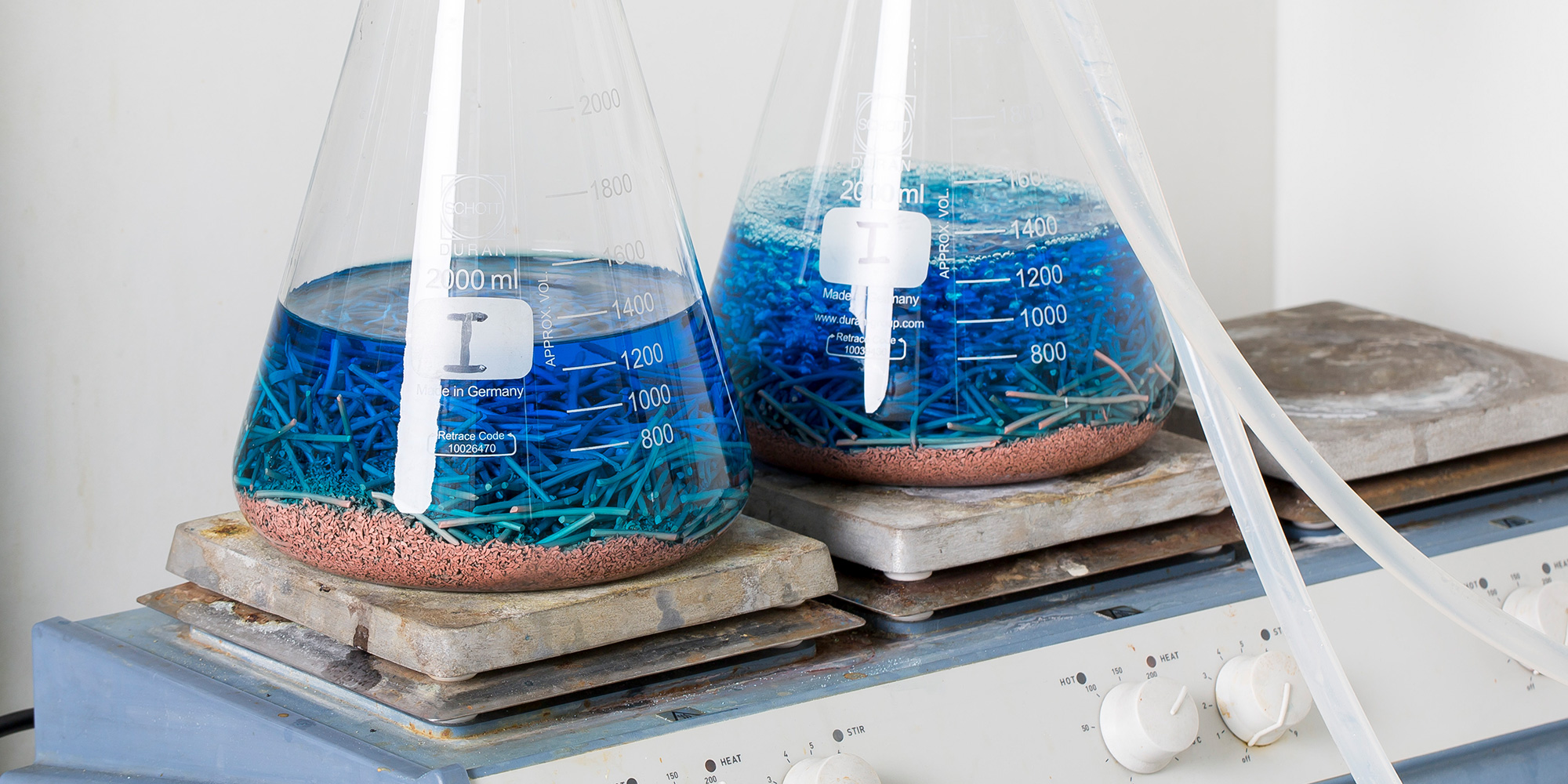GOST 9.104 Electrochemical Corrosion Protection Test
The GOST 9.104 standard outlines a comprehensive electrochemical corrosion protection test designed to assess the effectiveness of protective coatings on metal surfaces in oil and gas environments. This method is critical for ensuring that equipment used in these sectors remains reliable, safe, and operational over extended periods.
Electrochemical testing operates under the principle that the integrity of a coating’s protective barrier can be evaluated by measuring its resistance to electrolyte penetration. GOST 9.104 specifically targets the evaluation of coatings applied to pipelines, storage tanks, and other critical equipment in oil and gas facilities where prolonged exposure to corrosive environments is inevitable.
The test involves submerging a specimen coated with a protective layer into an electrolytic solution under controlled conditions. Electrodes are placed around the specimen to create a circuit that allows for the measurement of current flow through the coating. The resistance offered by the coating against this current flow is directly related to its integrity and effectiveness.
The procedure is designed to simulate real-world exposure to corrosive environments, such as seawater, brines, and other aggressive media found in oil and gas facilities. This ensures that the test results are relevant and applicable to actual operational conditions. The test parameters are carefully defined to ensure consistency across different laboratories performing the test.
Preparing a specimen for GOST 9.104 testing involves several steps. Initially, the surface of the metal substrate must be cleaned thoroughly to remove any contaminants that could interfere with the test results. After cleaning, the protective coating is applied and allowed to cure according to manufacturer specifications. Once cured, the coated sample undergoes further preparation by sanding or polishing to ensure a uniform surface for testing.
The specimen is then carefully submerged in an electrolytic solution. The choice of solution can vary based on the specific conditions it will encounter in the field but commonly includes brine solutions that mimic seawater composition. The test setup must be precise, with electrodes placed equidistantly around the specimen to ensure accurate measurements.
The testing process involves continuous monitoring and recording of current flow through the coating over a specified period. This data is used to calculate the resistance offered by the coating, which indicates its ability to protect against corrosion. The results are compared against established standards and acceptance criteria set out in GOST 9.104.
Understanding the results from this test is essential for quality managers and compliance officers who must ensure that their facilities meet regulatory requirements. R&D engineers can use these insights to refine coating formulations and improve protective measures, while procurement teams can select suppliers based on performance data generated by such tests.
- Customer Impact: Reduced downtime due to corrosion failures, enhanced safety standards, improved reliability of equipment in harsh environments.
This test is a cornerstone for ensuring the long-term integrity and efficiency of oil and gas infrastructure. By adhering to GOST 9.104 standards, companies can demonstrate their commitment to maintaining high-quality, safe operations while complying with international best practices.
Why It Matters
The reliability of equipment in the oil and gas sector is paramount due to the critical nature of these operations. Corrosion can lead to significant operational disruptions, increased maintenance costs, and potential safety hazards. GOST 9.104 testing provides a robust framework for assessing the effectiveness of protective coatings used on metal surfaces.
By leveraging this standardized method, organizations can ensure that their equipment remains protected against corrosive environments, thereby extending its lifespan and reducing the need for premature replacements or repairs. This not only translates to cost savings but also contributes to more sustainable operations by minimizing waste and resource depletion.
The test’s relevance extends beyond just compliance with regulatory standards; it also plays a key role in product development and quality assurance processes. For R&D engineers, GOST 9.104 testing offers valuable data that can be used to enhance coating technologies and improve overall performance. In the procurement process, this standard ensures that suppliers meet rigorous quality benchmarks.
The test’s significance is further highlighted by its alignment with international standards such as ISO and ASTM. This harmonization ensures consistency in testing methodologies across different regions, fostering a globally recognized benchmark for corrosion protection testing.
Customer Impact and Satisfaction
The GOST 9.104 electrochemical corrosion protection test has a significant impact on customer satisfaction by providing reliable data that supports informed decision-making in the oil and gas sector. Ensuring that equipment meets stringent protective coating standards not only enhances performance but also builds trust among stakeholders.
- Customer Impact: Reduced operational disruptions, enhanced safety measures, improved reliability of critical infrastructure.
By adhering to GOST 9.104 standards, companies can demonstrate their commitment to maintaining high-quality operations and compliance with international best practices. This alignment is crucial for building long-term relationships with clients and ensuring a reputation for excellence in the industry.
The test’s focus on real-world simulation ensures that the results are highly relevant and actionable, providing valuable insights into the performance of protective coatings under actual operating conditions. This level of accuracy and reliability has been widely recognized by customers who value data-driven decision-making processes.
Environmental and Sustainability Contributions
The GOST 9.104 electrochemical corrosion protection test also plays a role in promoting environmental sustainability within the oil and gas sector. By ensuring that equipment remains protected against corrosion, this test helps reduce waste and resource depletion associated with premature failures.
This approach not only contributes to cost savings but also enhances operational efficiency by minimizing downtime and maintenance costs. Furthermore, it supports the broader goal of sustainable operations through reduced environmental impact. The use of protective coatings that pass GOST 9.104 testing ensures that equipment remains functional for longer periods, thereby extending its lifecycle.
The test’s emphasis on real-world simulation also aligns with global efforts to promote more efficient and environmentally friendly practices in industrial processes. By adhering to such standards, companies can contribute positively to the overall sustainability agenda within their respective sectors.





